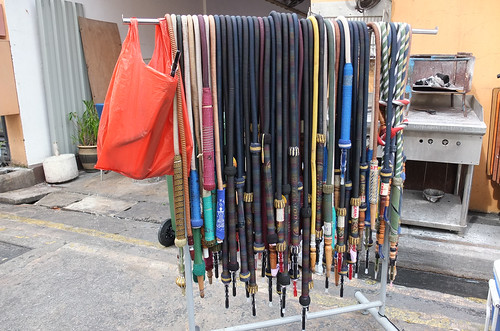[Sept 2011] ON the heels of the success of the Fujifilm X100, Fujifilm announces the X10 - an enthusiast compact with a fast f/2.0-2.8 Fujinon 4x manual zoom 28-112mm-equivalent lens (7.1-28.4mm), built around a 2/3" (6.6 x 8.8mm) EXR-CMOS sensor. The lens consists of 11 glass lens elements in 9 groups, including 3 aspherical glass lens elements (6 sides) and 2 extra-low dispersion lens elements. The EXR-CMOS sensor provides three optional shooting modes:
HR - High Resolution mode; SN - High Sensitivity and Low Noise; DR - Wide Dynamic Range
The X10 borrows extensively from the styling of the X100, switching the the hybrid viewfinder for a new optical zooming viewfinder, and also for the sexy all black finish.

Highlights
12 megapixel 2/3" EXR-CMOS sensor
4x manual zoom 28-112mm range (7.1-28.4 mm)
f/2.0-2.8 Fujinon lens
Optical viewfinder (85% coverage)
2.8" 460,000 dot LCD
1cm Super Macro
Motion Panorama 360
Film Simulation Mode
Full HD Movie

We only managed to secure this camera for one weekend for this review, so while I will try to be a thorough as much as I can, you would have to manage some expectations in terms of breath or depth of the review.
HR - High Resolution mode; SN - High Sensitivity and Low Noise; DR - Wide Dynamic Range
The X10 borrows extensively from the styling of the X100, switching the the hybrid viewfinder for a new optical zooming viewfinder, and also for the sexy all black finish.

Highlights
12 megapixel 2/3" EXR-CMOS sensor
4x manual zoom 28-112mm range (7.1-28.4 mm)
f/2.0-2.8 Fujinon lens
Optical viewfinder (85% coverage)
2.8" 460,000 dot LCD
1cm Super Macro
Motion Panorama 360
Film Simulation Mode
Full HD Movie

We only managed to secure this camera for one weekend for this review, so while I will try to be a thorough as much as I can, you would have to manage some expectations in terms of breath or depth of the review.
Last edited:











































